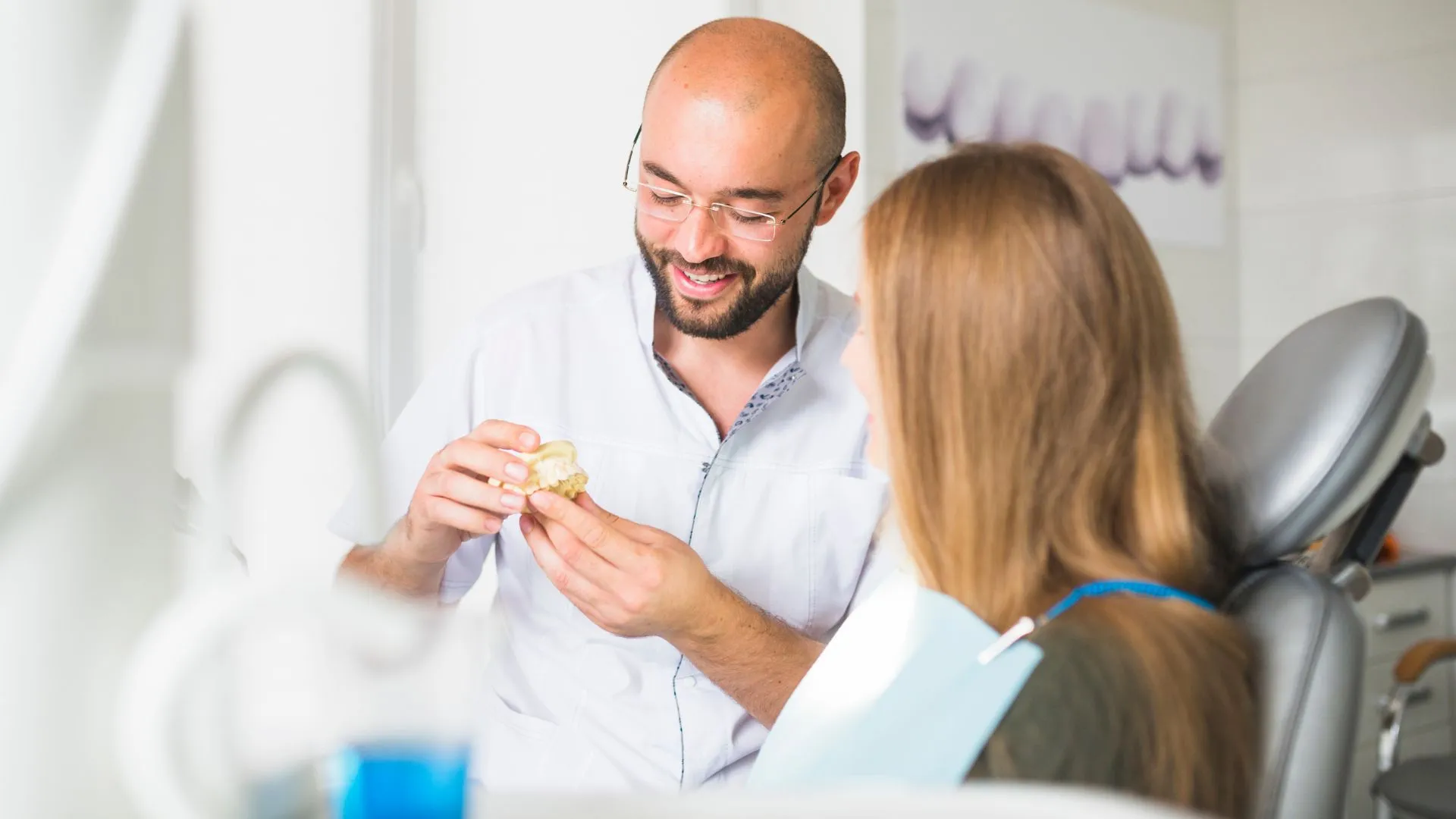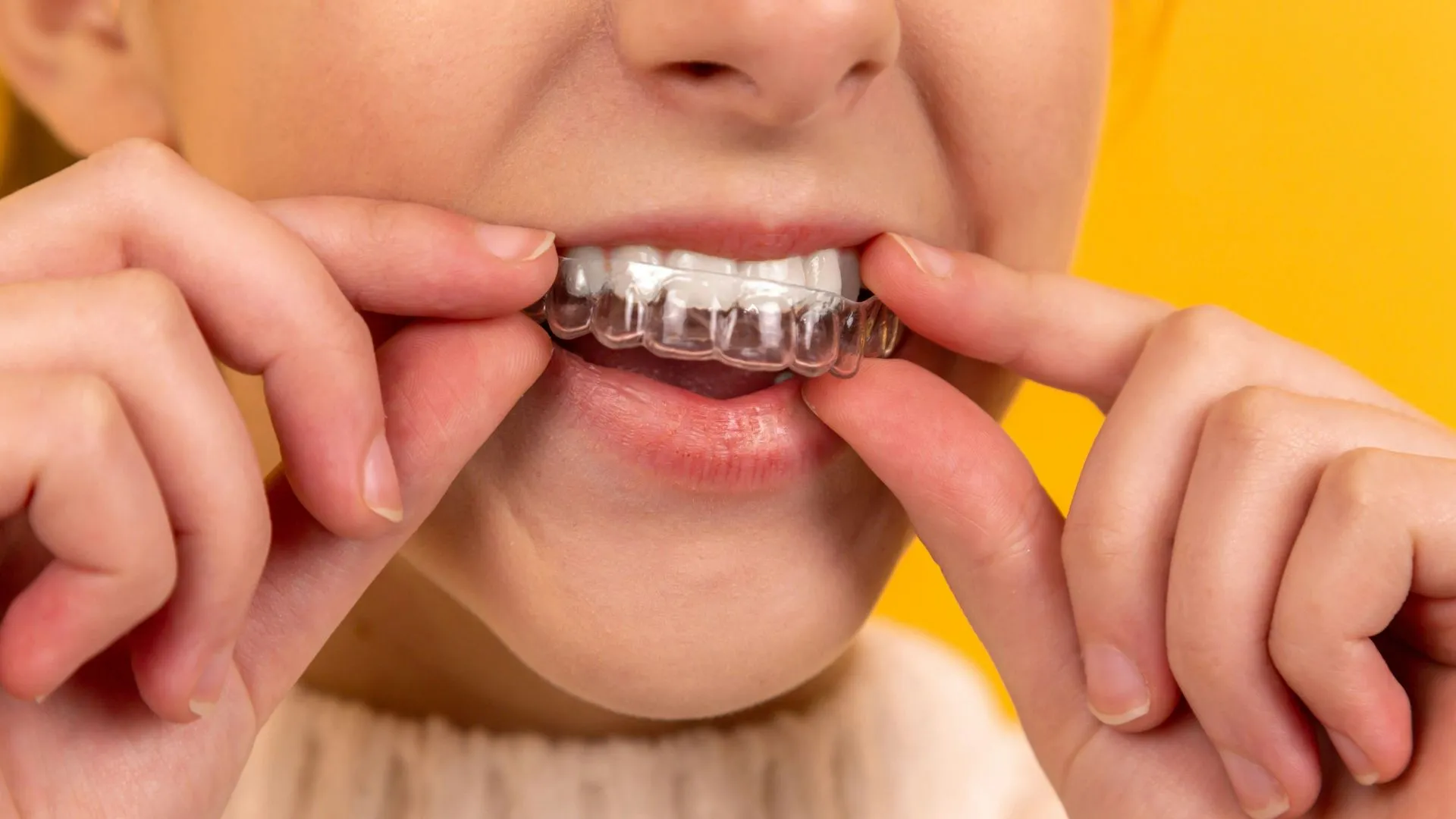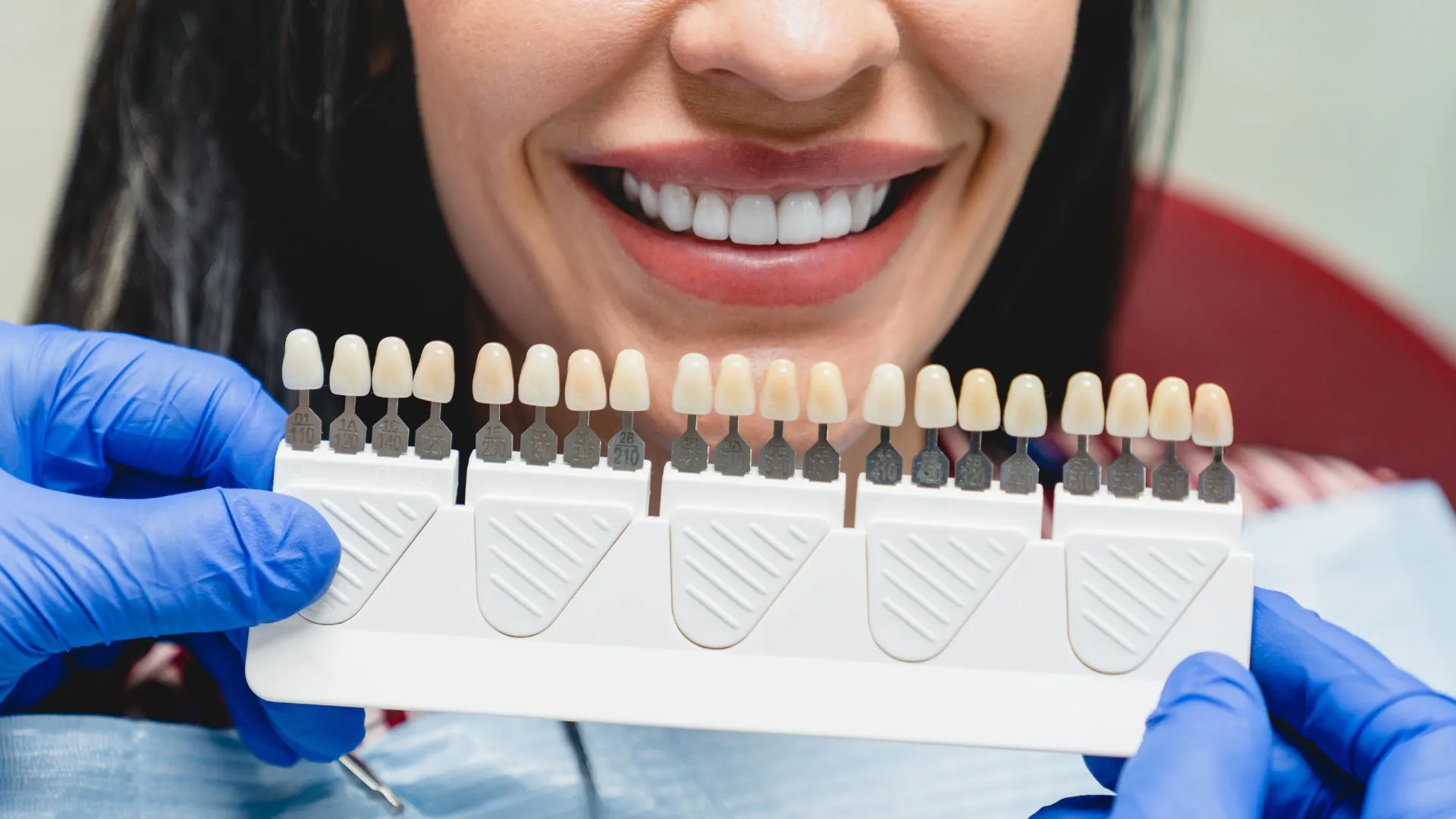Part of what defines our smile is our gum line. If you take a minute to look at your own, you’ll notice that there are dips and raises. Oftentimes, between each tooth, from top to bottom, they do not look the same. Everyone is different. And for some…
Part of what defines our smile is our gum line. If you take a minute to look at your own, you’ll notice that there are dips and raises. Oftentimes, between each tooth, from top to bottom, they do not look the same. Everyone is different. And for some, the look of their gum lines can make them feel self-conscious.
Whether you have a gummy smile or less gum tissue to balance the proportion of your teeth, these issues can be taken care of. Gum contouring is one of the leading ways for individuals to correct the look of their smiles due to inconsistencies with their gum lines. In this article, we’ll go over what gum contouring is when necessary, the advantages of choosing laser gum contouring, and much more.

What is laser gum contouring?
Gum contouring, also known as gingival sculpting, is a cosmetic dentistry procedure performed to enhance the look of a smile or to solve medical issues related to gum loss. With laser gum contouring, dentists can improve the look and health of their patient’s smiles.
When is it necessary?
In many cases, laser gum contouring is done for cosmetic purposes. But in some, this is recommended for those that have periodontal disease.
Laser gum contouring is one treatment option that can help correct the damage done from untreated gum disease. However, dentists will be likely to try something non-surgical before moving to laser therapy. Such treatment includes medication with antibiotics to kill bacteria and dental cleanings to restore health.
There is a big difference between gum contouring needed for aesthetic and medical reasons. Those that need laser gum contouring to correct a medical issue, such as excessive gum disease or gum recession, will most likely be covered by the insurance. For aesthetics purposes, typically, insurance companies will not cover it. The patient would have to pay for it.
How does it work?
Performed by a periodontist or cosmetic dentist, gum contouring can be done in a single office visit. In most cases, you won’t need to be asleep for the procedure. You’ll just need a local anesthetic to numb the area being treated.
With laser gum contouring, instead of using a scalpel, your dentist will use a laser to remove excess gum tissue. He or she then will resculpt the gum line to expose more of the tooth, getting This gets rid of any decayed tissue that may be present to allow healthy gums. Sutures may or may not be used to hold the gum tissue in place.
When gum contouring is used to correct receding gum lines, your dentist will then need to add gum tissue. He or she will remove tissue from different areas in your mouth, for example, the palate. Then, the dentist will secure the tissue around the teeth to lengthen or restructure the gum line. Whether the procedure is done to correct gum recession or to trim excessive gum tissue, laser gum contouring can take a few hours to complete.
Advantages of laser gum contouring over traditional procedures
The traditional gum contouring method uses a scalpel to cut and sutures to close up the wound. The advantage of using laser gum contouring versus the blade is that it doesn’t have stitches and, therefore, has improved healing time — a relatively painless procedure.
Though there will be some discomfort following the procedure, like tenderness and numbness, it is typically much more comfortable for the patient than the traditional scalpel procedure.
Those that have had traditional gum surgery and laser gum contouring, have commented that laser gum contouring is significantly less invasive. With less downtime, being just a few days, this is an excellent solution to solve irregular gum lines.
Post-care tips
Following the procedure, you are likely to have some discomfort, and that is normal. Many dentists will prescribe a pain reliever or suggest taking over-the-counter pain medications like acetaminophen or ibuprofen. They typically discourage the use of aspirin as it can cause bleeding, and this is something to discuss with your dentist before the procedure.
Your dentist may also ask you to limit activities and eat soft food for the first 48 hours — soup, yogurt, Jell-O — plenty of fluids. If you have questions about your post-surgical diet, ask your dentist before the procedure or after if need be.
You’ll need to visit the dentist for follow-up check-ups to ensure that there’s no sign of infection and that your gums are healing properly. You may also be prescribed a mouth rinse to reduce the risk of infection.
Conclusion
Laser gum contouring is an excellent option for those who dislike the look of their smiles due to gum irregularities. From excessive gum tissue to needing gum regeneration, laser therapy is the cutting edge approach. When done for merely aesthetic reasons, laser gum contouring is considered a cosmetic procedure and often not covered by insurance. However, if gum contouring is needed because of oral health issues, insurance may cover a portion.
Laser gum contouring is highly effective at solving a variety of gum issues. As an excellent alternative to traditional surgical solutions that involve scalpels, patients can look forward to shorter and less painful recovery times. Don’t like the look of your gums? Are you having a gummy smile and are interested in laser gum surgery?
For those that have their smiles affected by gum line issues, including gummy smiles and gum recession due to a variety of factors, our dental office is here to help. Request an appointment today online or by phone at (209) 955-1500 to schedule a consultation with our dentist, Dr. Nozaki.



